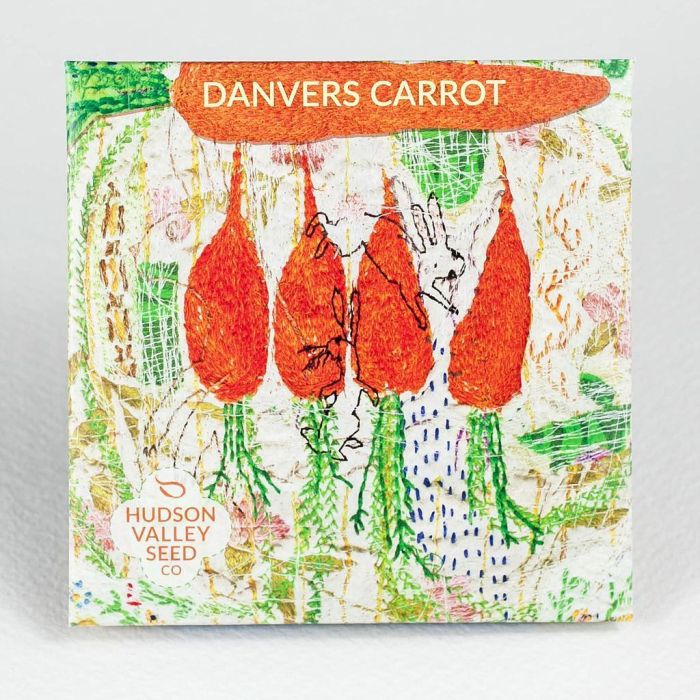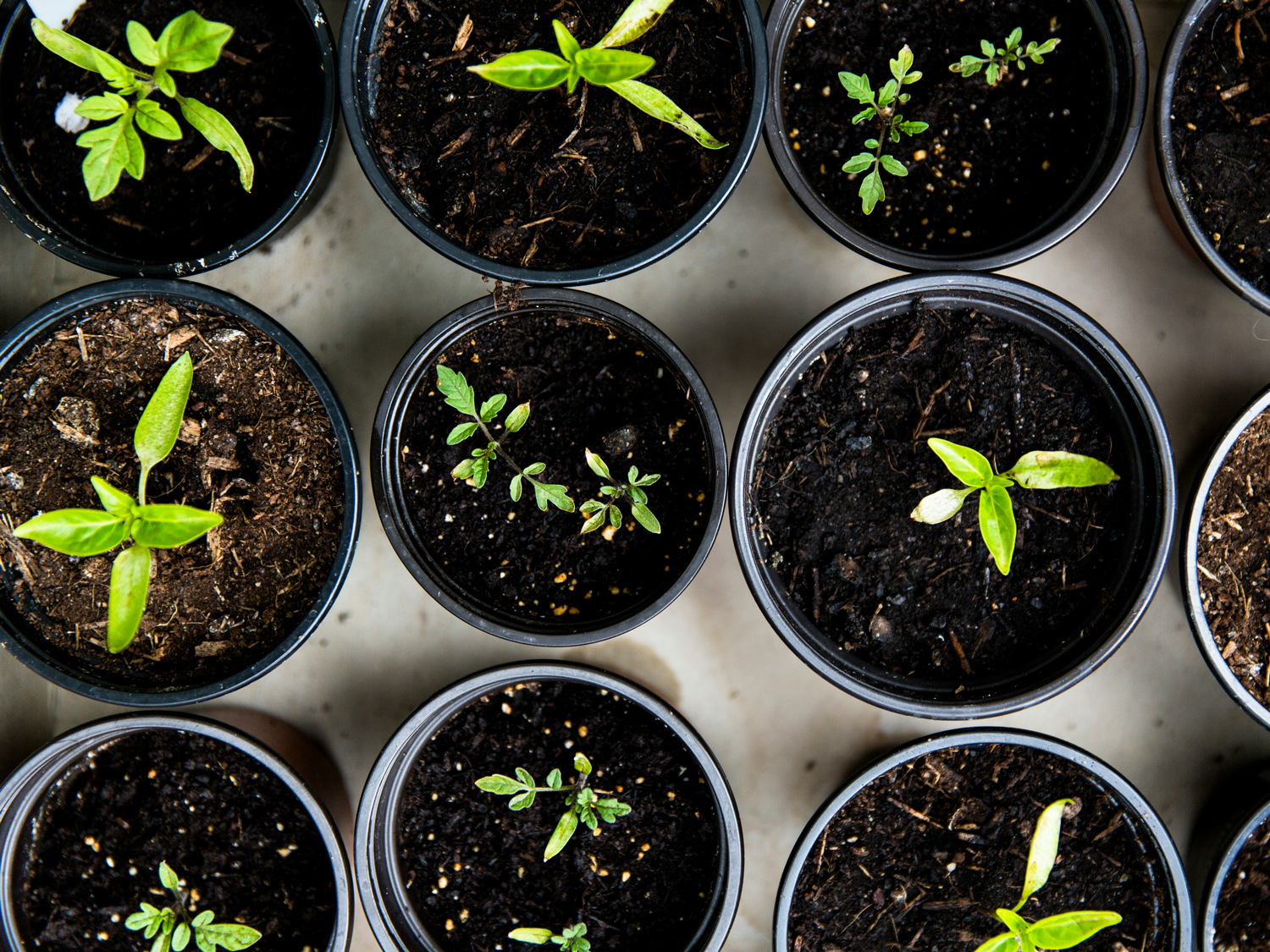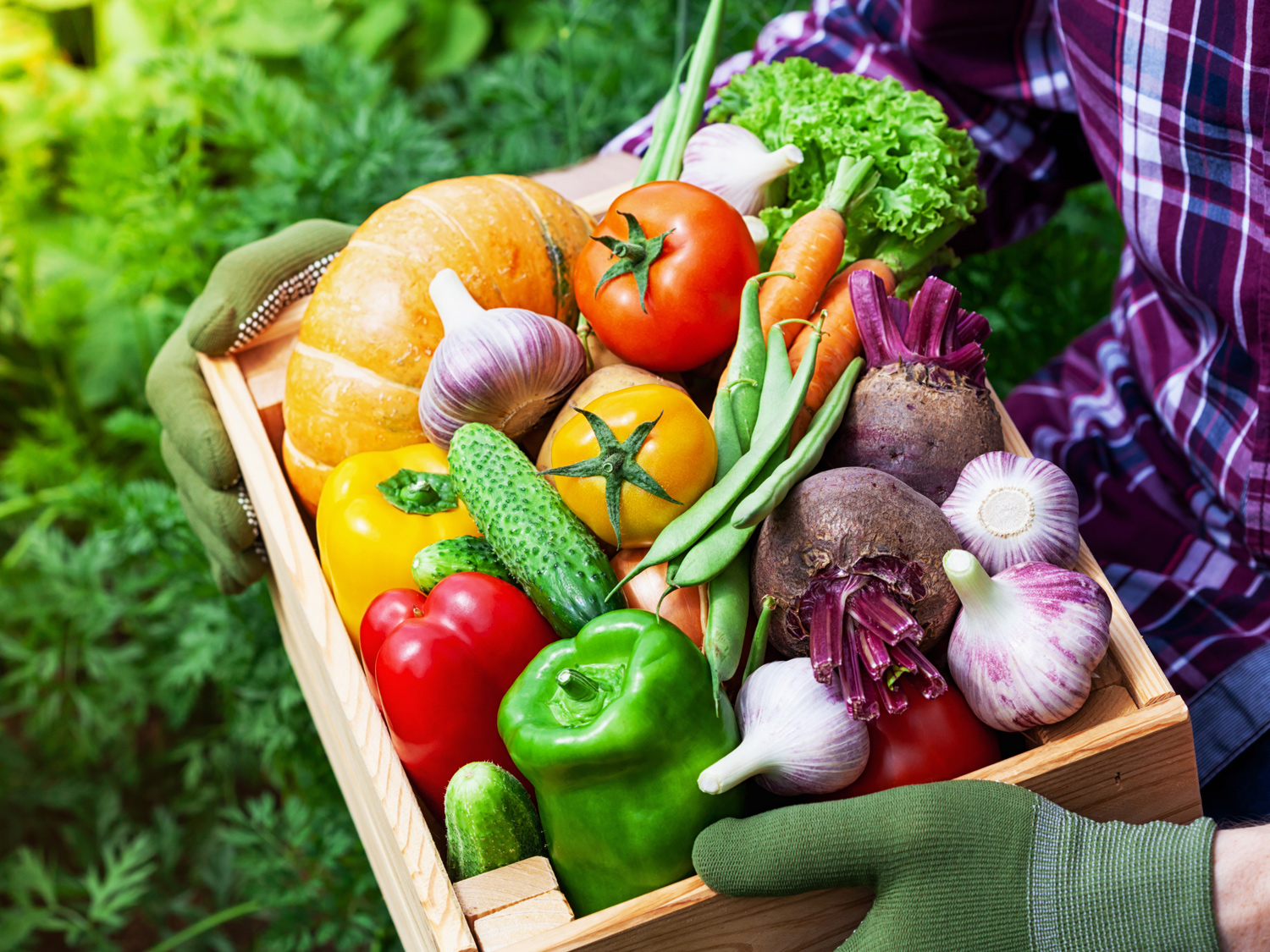Daucus, Carrot, Danvers Carrot ~ 500 seeds


- Sun Preference
- Full-Sun, Part-Sun
Description
Daucus carota
Certified Organic
One of the best home garden carrots.
These carrots are deep orange and often on the short side, about six to eight inches long, though they can get up to about 10" long in deep, loose, rock-free soil. The roots are broad at the top and tapered.
Seed Starting Successfully
Start your garden from scratch with Gertens' wide variety of seed packets! Whether you're a seasoned gardener or just starting out, we have seeds for every skill level and garden size. From colorful flowers to delicious vegetables, our seeds are carefully selected for their quality and performance.
Details
The magic of carrots is in the unknown. Somewhere within the darkness of the soil, teeming with invisible life, nutrients seek a vessel to be passed from earth to plant to bodies. Carrots make gardeners feel like magicians: the orange flash, when pulled from the earth, draws gasps and applause, if only in our minds. But the true magic is revealed in the eating, when the vivid color gives way to a sweet crunch that somehow makes us feel as bright and strong and well-anchored as the freshly picked root.
This tried and true American heirloom is one of the best home garden carrots. The traceable history of the carrot spans 5000 years. Evidence has been dug up that this relative of wildflower Queen Anne's lace originated in Afghanistan. The modern carrot came into being thanks to the efforts of the French and Dutch. The Danvers carrot was developed in 1871 in Massachusetts.
These carrots are deep orange and often on the short side, about six to eight inches long, though they can get up to about 10" long in deep, loose, rock-free soil. The roots are broad at the top and tapered.
Growing Instructions
Direct sow from mid-April until early August in loose, fertile, deeply-worked soil. Choose your least-weedy soil for carrots, as they are tricky to cultivate when young; carrots can take 10 days to germinate, and can be quickly choked by weeds. Thin young carrot seedlings to 2" apart, then thin baby carrots by pulling out every other carrot, allowing the remaining carrots to grow to full size. While good carrots can be grown in any soil, they only grow to supermarket size in loose and deep soils without too many rocks. Fall carrots can be stored in plastic bags in the refrigerator or in a root cellar for months. Do not store fresh carrots with the tops on; they draw water and nutrients from the roots. Rather, remove the tops after harvesting and use to flavor soup stock.
Quick Facts
Days to Germination: 10-14 days
Days to Maturity: 70 days
Planting Depth: ¼"
Spacing in Row: 2"
Spacing Between Rows: 12"
Height at Maturity: 4-8"
Width at Maturity: 2"
Sun Preference: Full to Partial Sun
About the Artist
Embroidery by Rebecca Ringquist. Rebecca is a Brooklyn-based visual artist and designer. Her stitched drawings on fabric explore issues of identity through thinly veiled metaphors of old-fashioned imagery and double entendres.
More Information
| Brand | Hudson Valley Seed Co |
|---|---|
| Seed Packet Type | Vegetables |
| Common Family Name | Carrot |
| Sun Preference | Full-Sun, Part-Sun |
| Deer Resistant | No |
| Harvest Time | Summer, Late Summer, Early Fall, Fall |
| Plant Life Cycle | Annual |
| Mature Height (Range) | 0" - 6" |
| Spacing Between Rows | 12" |
| Spacing in Row | 2" |
| Planting Depth | ¼" |
| Days to Germination | 10-14 days |
| Days to Maturity | 70 days |


